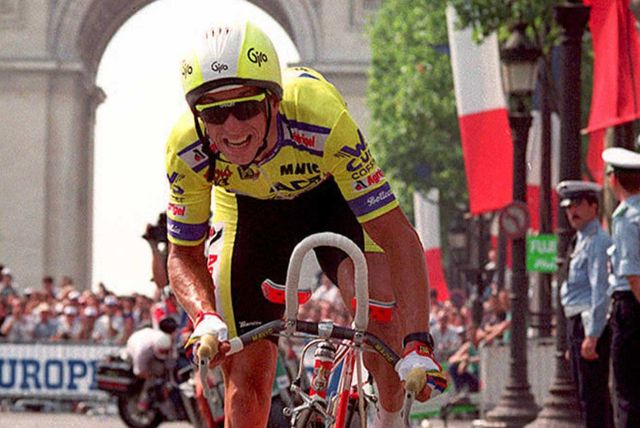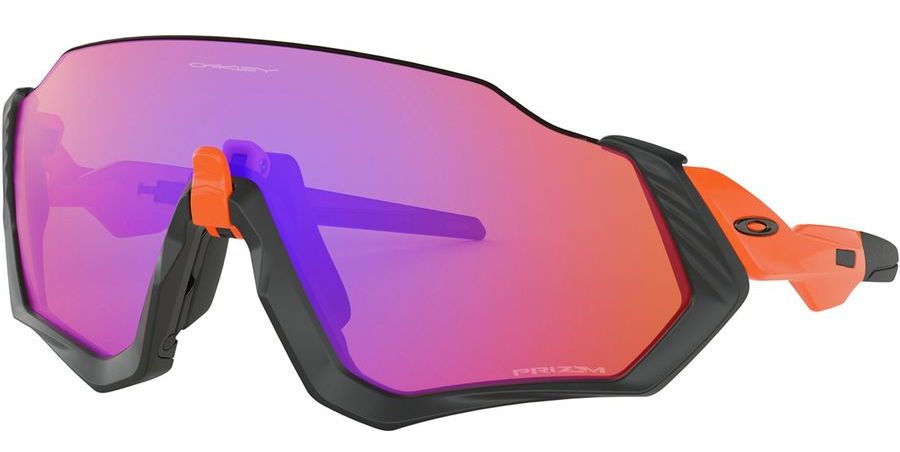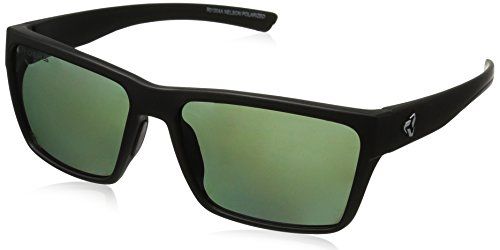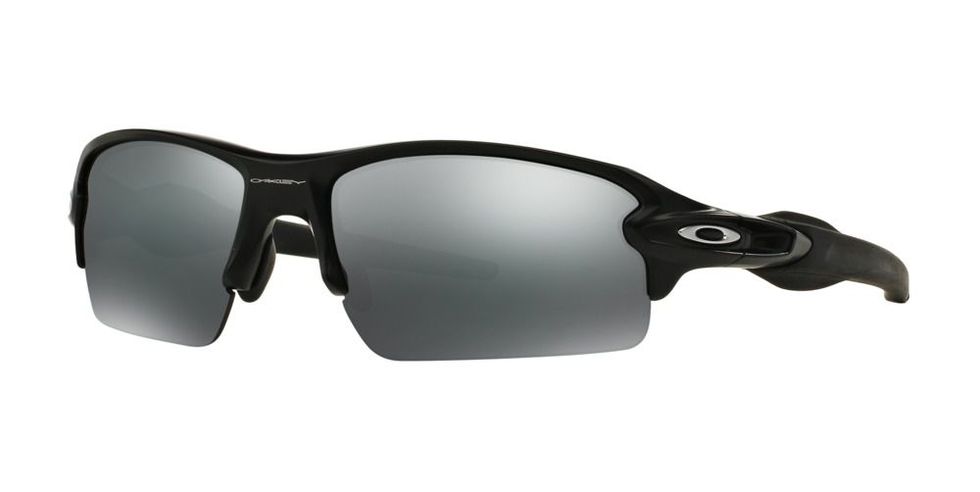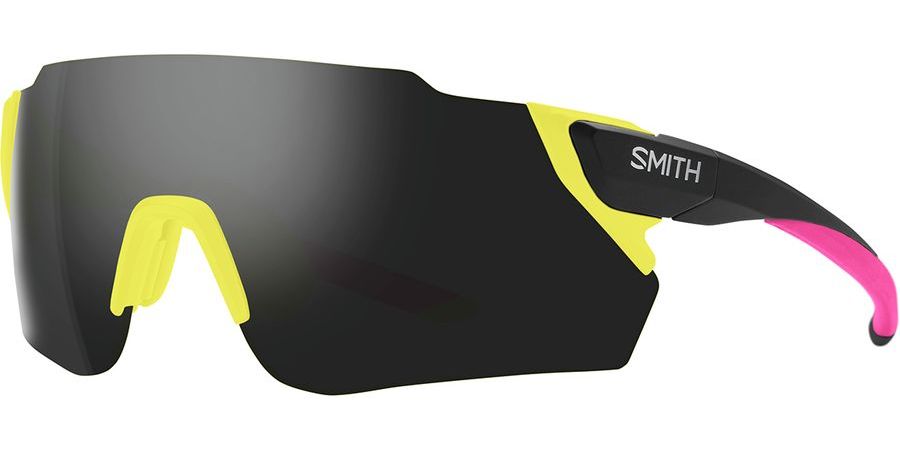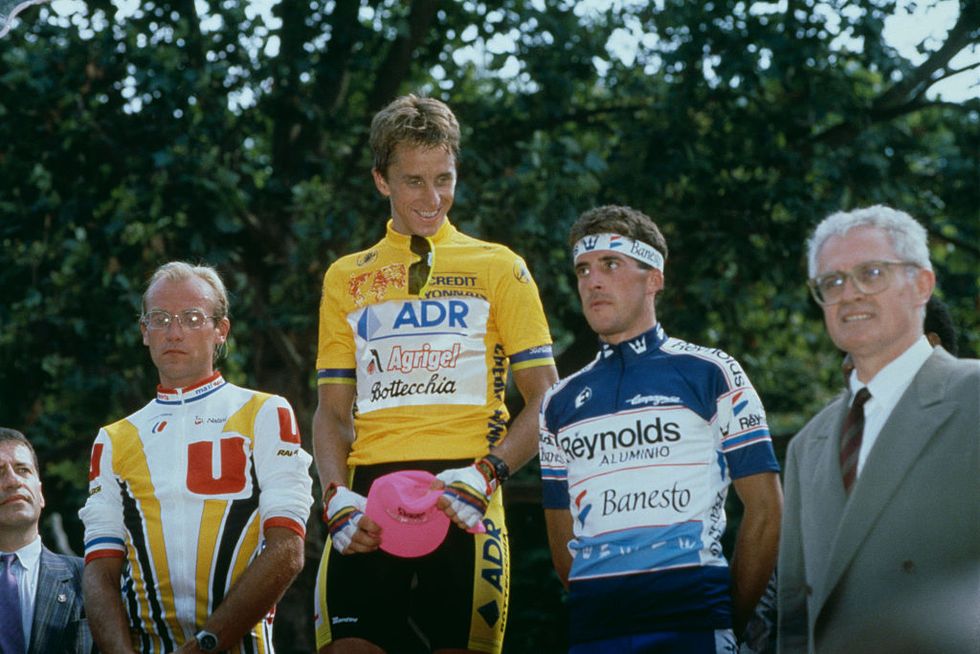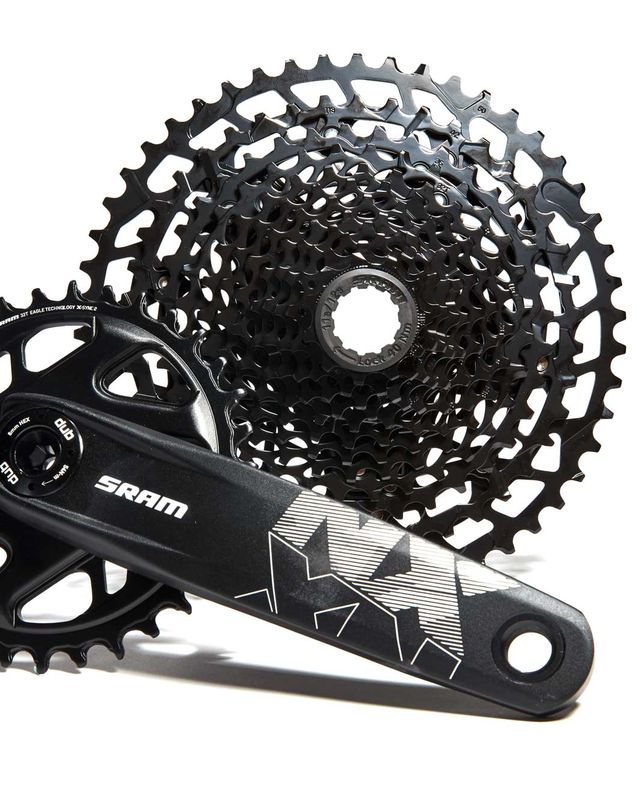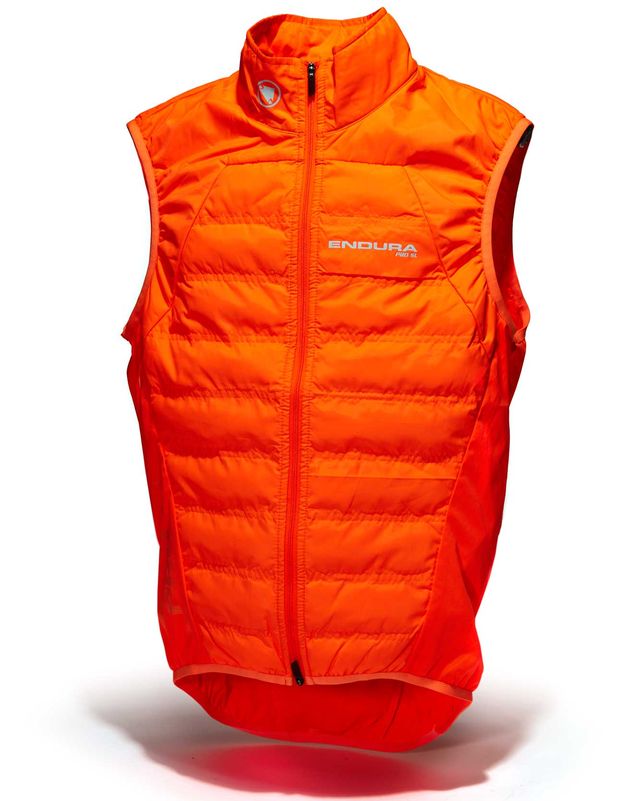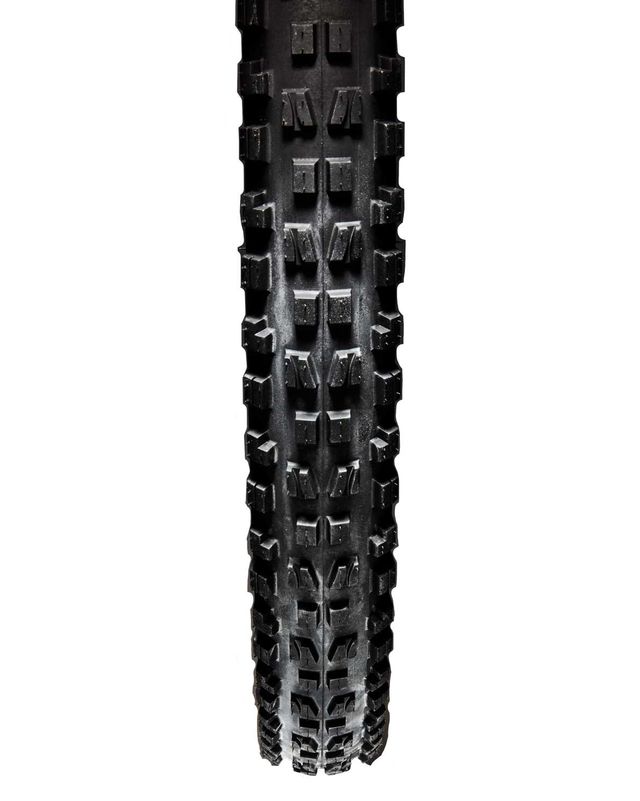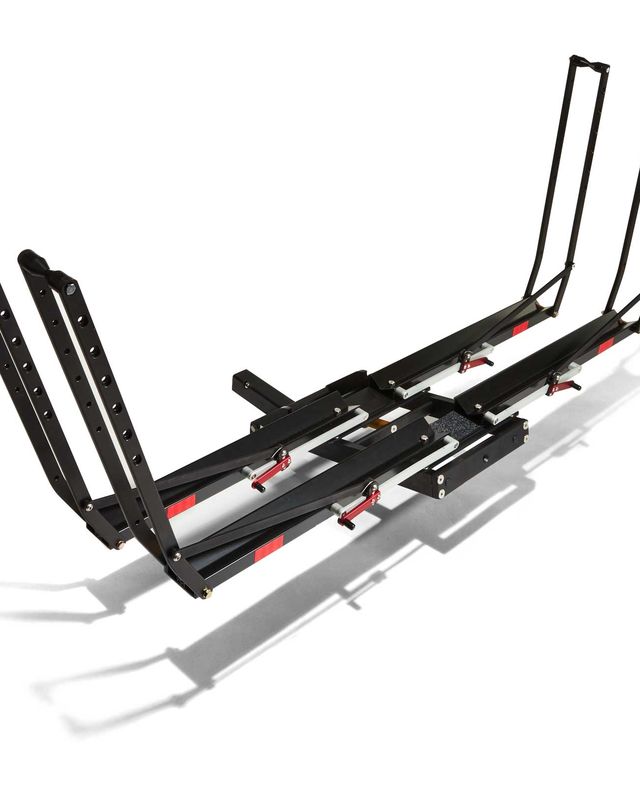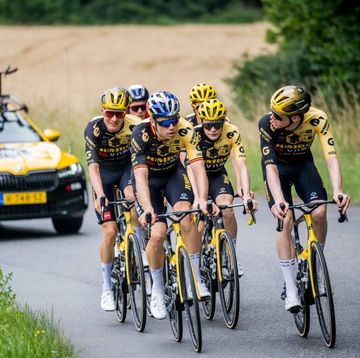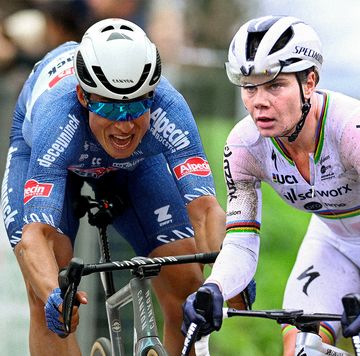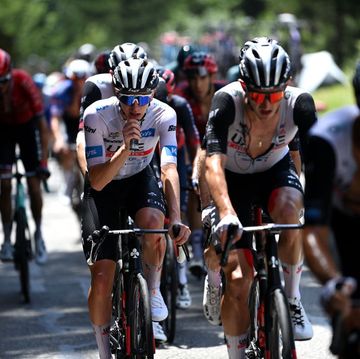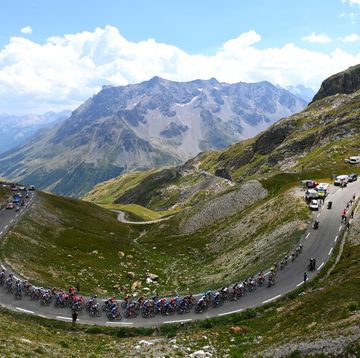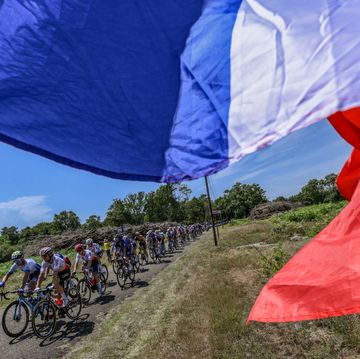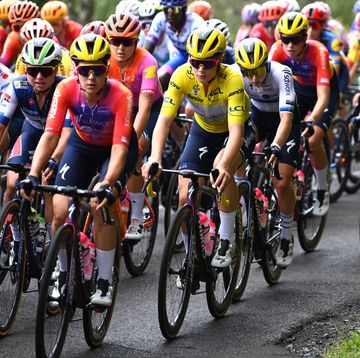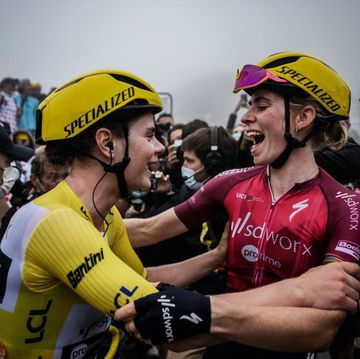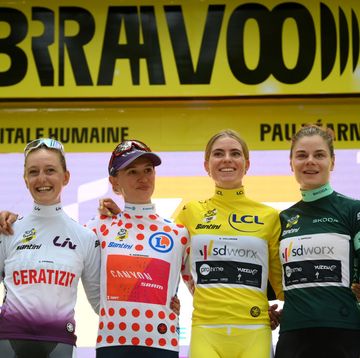Thirty years ago this July, American Greg LeMond won the closest Tour de France in history, completing the 2,000-mile race with a victory margin of only eight seconds.
Many cycling fans consider the 1989 Tour not just the most competitive edition of the race, but also the greatest. Never before, and never since, had the world’s premier bike event been decided in its final moments. However, I think LeMond’s achievement is bigger than that—bigger, even, than cycling. To me, LeMond and his eight seconds represent the greatest comeback in the modern history of American sports.
Pulling off the quintessential victory in a world-class race would guarantee LeMond immortality in any circumstances. But consider this: Not two years before his win, LeMond had hovered 20 minutes from death.
In April 1987, at age 25, LeMond joined a turkey hunt on his uncle’s California ranch. A companion mistook him for game and fired, spraying LeMond with buckshot. He lost perhaps one-third of his blood before rescuers arrived. His massive heart and lungs, once rated at a VO2 max of 93, probably saved him.
Most Americans today know little of LeMond or his comeback. While writing my book—titled, naturally, The Comeback—and traveling on the subsequent speaking tour, I asked dozens of non-cyclists what they knew of LeMond (not much) and the ’89 Tour (even less). One reason: Competitive cycling, an obsession in Europe, barely registers as a sport in the States.
LeMond changed that, for a while, in 1986, when he won his and his nation’s first Tour de France. On his way to becoming a household name, he then suddenly seemed to disappear. The hunting accident took LeMond out of circulation for two crucial years, time he might have spent winning more Tours and building a legend. American news outlets barely covered the accident, which LeMond and his doctors downplayed, fearing his PDM cycling team would fire him (it did so anyway).
Doctors wondered whether LeMond would live, let alone ride, let alone compete, ever again. That he might reclaim a career in professional cycling, among the most grueling of sports, seemed absurd.
But once LeMond began to recover, he never really stopped. First he rode around his garage, then up and down his street and on little excursions around his neighborhood. His daily outings stretched to 10 miles, then to 20, and soon LeMond was training again. He returned to competition in the fall of 1987, entering races he couldn’t finish, then finishing races he couldn’t win. He lagged at the rear of the peloton through the 1988 season and into 1989.
A few weeks before the ’89 Tour, riding in the Giro d’Italia, LeMond finally showed signs of life. Even so, no one rated him a serious contender for the Tour de France title. Then the race began, and on Stage 5 LeMond seized the overall leader’s yellow jersey.
Over three weeks of competition, the maillot jaune passed back and forth between LeMond and Laurent Fignon, the last great French cyclist of his generation. It was a contest of slender leads, and the Tour approached Paris with Fignon holding a 50-second advantage over LeMond.
The final stage was a time trial, a race against the clock, just 25K long. Pundits thought it impossible that LeMond could regain enough time to win. Journalists had already written their stories, presuming Fignon’s victory, before the battle began.
LeMond’s triumph threw France into disarray. Fignon was shattered. LeMond drew another round of global celebrity and won a third Tour de France in 1990 before fading amid a surge of EPO, a wonder drug he refused to take. Fans love to debate how many Tours he might have claimed in a world without EPO or hunting accidents.
And that was LeMond’s comeback. Is there a greater one? Tiger Woods, the golf legend, recently won his first major tournament in a decade. But from what, exactly, did he come back? A better nominee is golfer Ben Hogan, who returned to the top after a ghastly car crash in 1949. But that’s golf, a far less active sport.
Who else is there? Muhammad Ali and Michael Jordan returned to the top of their respective sports after lengthy absences that had nothing to do with injury or illness. Tennis legend Monica Seles survived a freak stabbing, a wound that healed in a few weeks. Baseball legend Tommy John survived, um, Tommy John surgery.
I’ve searched far and wide for another athlete who returned from near-death to the top of an aerobic sport, and I know of one: Lance Armstrong. Diagnosed with metastatic testicular cancer in 1996, Armstrong was given 50-50 odds for survival. But he didn’t merely recover. Before cancer, he was America’s best cyclist and a middling Tour competitor. After cancer, he became the greatest men’s cyclist in the world.
Armstrong’s comeback eclipsed LeMond’s, enshrining the former as his country’s greatest cycling celebrity—yet another reason so few Americans remember their first Tour champion. (Let’s pause to consider the sheer oddity that two great American comebacks played out in the same, tiny sport.)
We all know what happened next. Armstrong’s legend collapsed, and his Tour victories evaporated.
And that leaves LeMond.
Who else is there?
Daniel de Visé is author of The Comeback: Greg LeMond, the True King of American Cycling, and a Legendary Tour de France (Atlantic Monthly Press), released in paperback on May 21.
